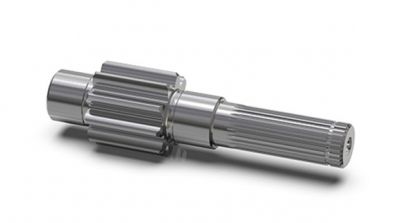AGMA Offers Online Course on Involute Spline Design and Rating
This course will address both the geometry and rating of involute splines of various types
This course will address both the geometry and rating of involute splines of various types. The types of spline joints and their applications will be discussed. Spline configuration variations, including half depth, full depth, and special function designs, will be addressed. Both fixed and flexible spline configurations will be examined in terms of usage and design. Lubrication methods, including grease, oil bath, and flowing oil, as well as coatings appropriate for various spline applications, are examined. Shear and compressive stress rating methods are discussed with analyses methodology presented in both equation and graphical methodology via various rating charts. This course is IACET accredited and worth 0.6 CEUs.
Involute Spline Design & Rating
Live Online Training
July 13–14, 2022, 12 p.m.–4 p.m. each day
REGISTER HERE: The deadline for this online course is July 5, 2021.
Learning Objectives
- Explain involute splines and the various types
- Compare and contrast spline configuration variations
- Apply various lubrication methods to splines and spline applications
- Apply rating methods and analyze methodology
- Who Should Attend: Gearbox design engineers who utilize splines to transmit power between various elements within the gear system and to connect the gearbox to both input and output devices.
COURSE OUTLINE
I. What is an Involute Spline?
II. Types of Spline Connections






